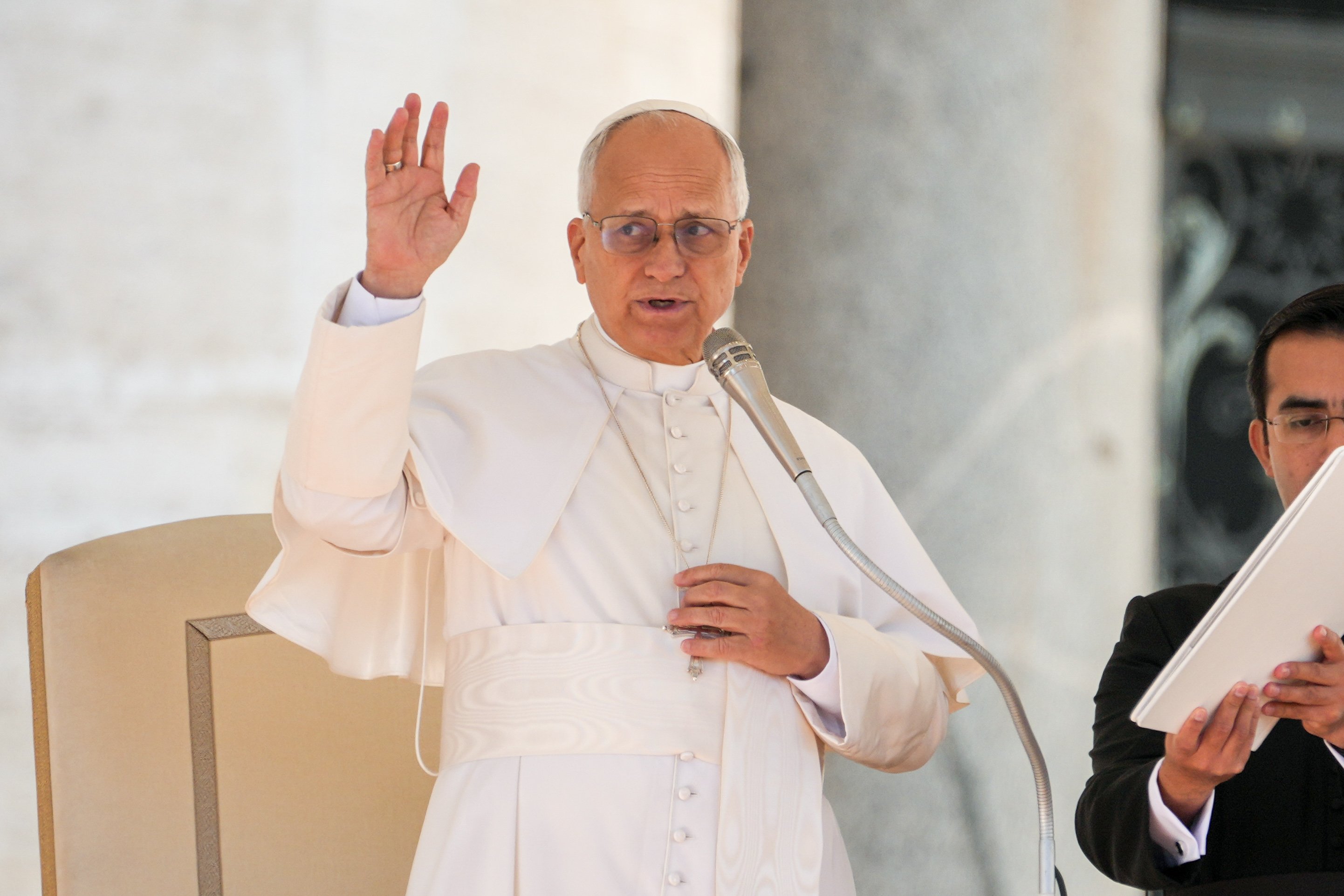April 6, 2018 at 1:53 p.m.
LENTEN REFLECTION
Lent, part IV: the marks of Lent
Lent is a season of fasting and abstinence and, in a way, these two actions are carried over into how the liturgy is celebrated: what we might call liturgical fasting and abstinence, as well as a contrast of absence and presence. This is often done to remind us that Lent is a season of preparation and of waiting, like Advent, and to reinforce the idea of the simplicity of the 40 days in the desert. We fast or abstain from certain liturgical things and actions that happen during the rest of the year to remind us of who and what we are waiting for, and to clear out any "clutter" that can obstruct our view.
For example, flowers are not used to decorate the sanctuary during Lent, and musical instruments are used only to accompany the singing or chant. There will be flowers in abundance and more exuberant music once the joy of Easter is reached.
We also refrain from using the "Alleluia" before the Gospel, the "Glory to God in the Highest" or the "Gloria." Interestingly, we also omit the "Gloria" during Advent. This long-standing practice has been attributed to Pope Gregory the Great -- who died in 604 -- and it certainly seems that it was widespread by the middle of the seventh century.
Both the "Alleluia" and the "Gloria" are songs associated with celebration and praise for the glory and presence of God that the angels sing. We might say that the "Glory to God" is the original and best Christmas carol.
Sometimes, things got a bit radical, too: for example, in some older rites, the cantor would stand to sing the "Alleluia" during the season of Lent, but would then be whipped out of the church to make the point about the season: No "Alleluia!"
In any case, we omit these two prayers or songs during Lent as a sign that we are preparing for the presence and the action of God that will happen during the events of Holy Week and Easter. It is really about deliberately contrasting absence and presence, a common theme of Lent. We abstain from the "Alleluia" and "Gloria" in order to hunger for their return and to remind us of who and what they symbolize.
Another clear mark of Lent is the wearing of purple vestments. As we have already mentioned, all the various colors that we use in the liturgy have a deeper, symbolic meaning:
• White is the color of purity, of celebration and to put us in mind of our fulfillment in heaven (where the elect surround the throne of God dressed in white; cf. the Book of Revelation 3:5 or 7:9).
• Green is used for "Ordinary Time," when we celebrate the new growth of our faith and that we are part of the vine that is Jesus Christ (John 15:5).
• Red is the color of the blood of the martyrs, of sacrifice and of the fire of the Holy Spirit.
• Purple is used to mark solemnity and dignity. Purple originally was the color worn by the emperor, and Jesus was mockingly dressed in a purple cloak during His passion (Mark 15:17). Purple is also employed symbolically as the color of preparation or anticipation; that is why purple is also used during Advent as we prepare for the coming of Jesus Christ.
When you next go to your parish or visit another church, look around during this wonderful season of Lent. All through the year, churches are always full of many marks or symbols, of course; but during Lent, there are so many special or particular marks. It is a great exercise to explore what they are -- and, more importantly, why they are there.
In the end, these marks or signs are there to help us grow in our faith and in our relationship with the Lord. We have these physical, tangible things to help put us in mind of what is spiritual, intangible and divine.
(Father Barratt is pastor of St. Ambrose parish in Latham. He holds a doctorate in theology and was a professor at St. John's Seminary in England before coming to the U.S. in 2004.)[[In-content Ad]]
SOCIAL MEDIA
OSV NEWS
- Pope Leo’s four favorite films
- Bishop Seitz ‘very optimistic’ religious worker visa issue will soon see ‘positive developments’
- US bishops advance new sainthood cause for ‘Good Samaritan’ Jesuit priest
- USCCB president warns against partisanship; nuncio urges bishops to follow pope’s ‘maps of hope’
- New English version of Bible to be called The Catholic American Bible
- Churches should be joyful places of sharing gift of faith, pope says
- ‘Leo from Chicago:’ Vatican releases new documentary on pope’s early years
- Archbishop Coakley and Bishop Flores are elected president and vice president of USCCB
- Survey: Young adult Catholics are the most engaged and most at risk of leaving the church
- U.S. bishops to Pope Leo: We ‘will continue to stand with migrants and defend everyone’s right to worship free from intimidation’







Comments:
You must login to comment.